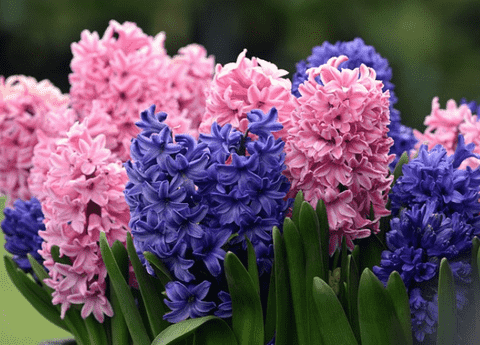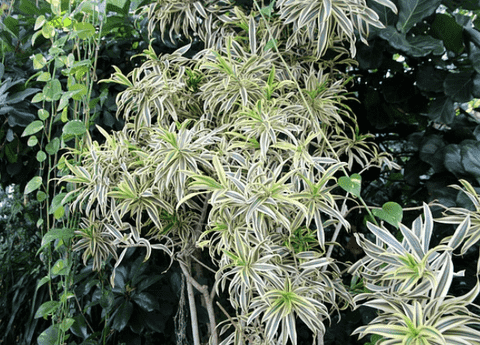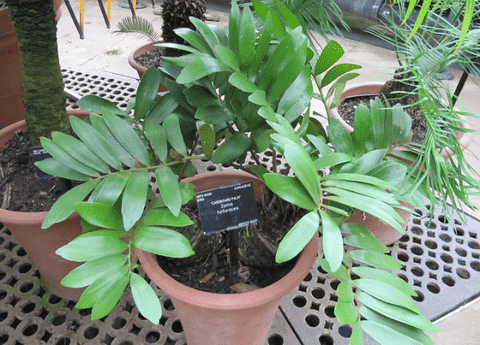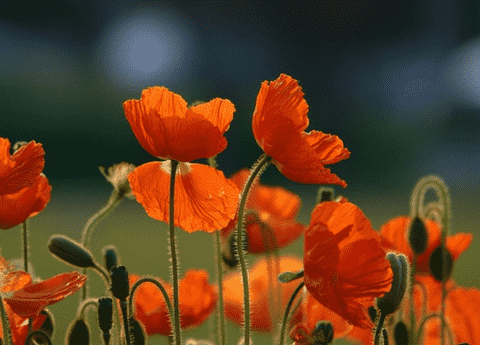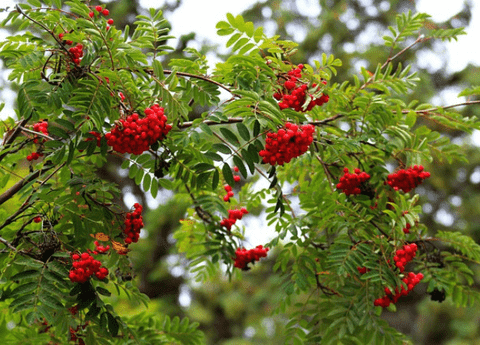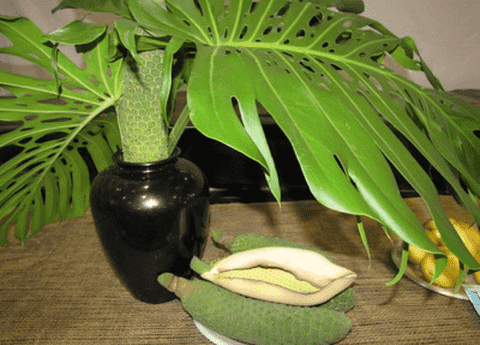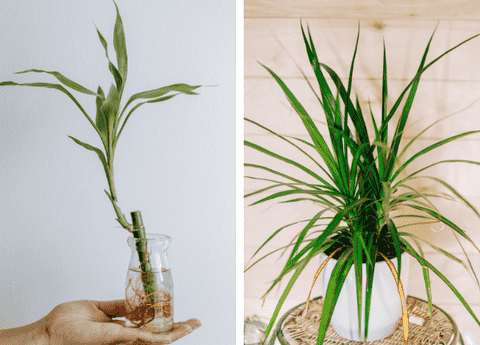Hyacinth Care: Everything You Need to Know for Vibrant Blooms
Table of Contents
Hyacinths are a stunning addition to any garden, known for their vibrant blooms and intoxicating fragrance. These perennial bulbs are surprisingly easy to grow and care for, making them a favorite among both novice and experienced gardeners. In this guide, we will delve into everything you need to know to ensure your hyacinths thrive, from planting tips to seasonal care. Get ready to transform your garden with these colorful, fragrant flowers that herald the arrival of spring.
Growing Healthy Hyacinths
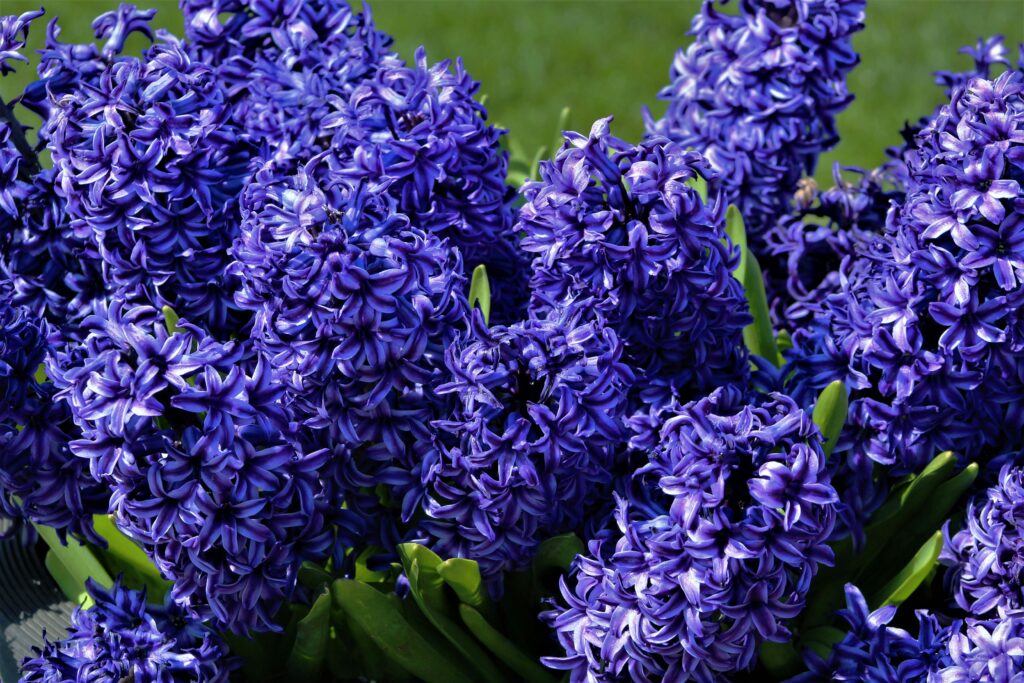
Choosing the Right Bulbs
Selecting the right bulbs is crucial for growing healthy hyacinths. Begin by choosing firm, plump bulbs that are free of any mold or soft spots. Larger bulbs tend to produce more vibrant and larger blooms, so opt for the biggest bulbs you can find. Ensure the bulbs have a healthy brownish or purplish skin, which indicates they are mature and ready for planting. Also, avoid any bulbs with cracks or signs of disease. It’s best to purchase your bulbs from a reputable nursery or garden center to guarantee quality. By starting with the best bulbs, you set the foundation for a thriving and colorful hyacinth display.
Ideal Planting Conditions
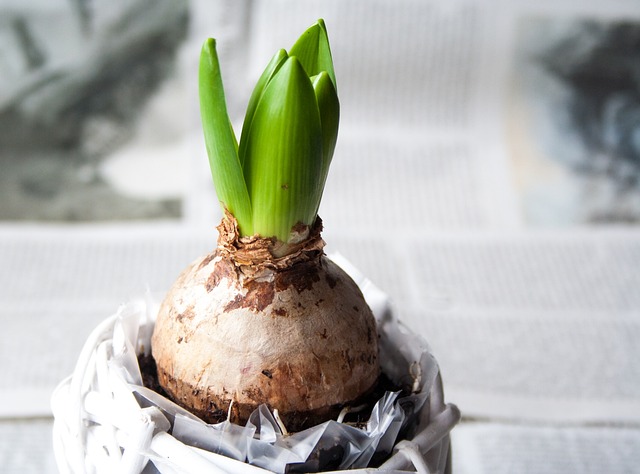
For hyacinths to thrive, they need to be planted in the right conditions. Select a spot that gets plenty of sunlight, ranging from full sun to partial shade. Hyacinths prefer well-draining soil to prevent root rot; sandy or loamy soils work best. Before planting, enrich the soil with compost to provide essential nutrients. Plant the bulbs about 4 to 6 inches deep and 3 to 6 inches apart, ensuring the pointed end faces upward. The best time to plant hyacinth bulbs is in the fall, several weeks before the ground freezes. This gives the bulbs time to establish roots before winter arrives. Proper planting conditions are key to achieving those iconic, vibrant blooms come springtime.
Watering and Feeding Tips
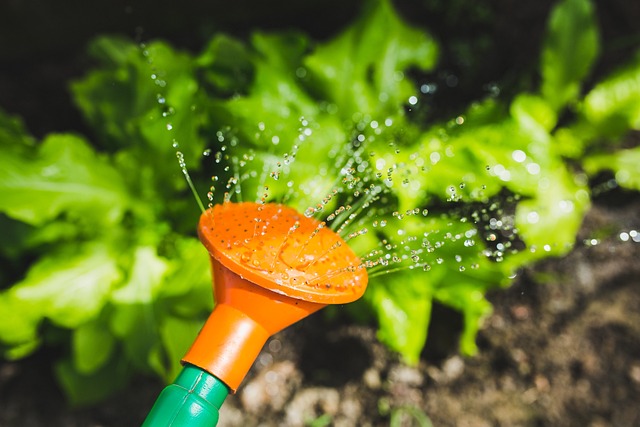
Proper watering and feeding are essential for healthy hyacinths. Water the bulbs right after planting to help them settle into the soil. During the growing season, keep the soil consistently moist without letting it become waterlogged. Overwatering can lead to bulb rot, while underwatering can stunt growth and diminish blooms. As the flowers start to bloom in spring, reduce watering gradually to allow the bulbs to go dormant naturally.
In terms of feeding, apply a balanced, slow-release fertilizer when you first see shoots emerging in the spring. This will provide the nutrients necessary for robust growth and vibrant blooms. Avoid high-nitrogen fertilizers, as they can cause excessive foliage growth at the expense of flowers. By following these watering and feeding tips, you’ll ensure your hyacinths remain healthy and produce stunning blooms year after year.
Caring for Hyacinths Year-Round
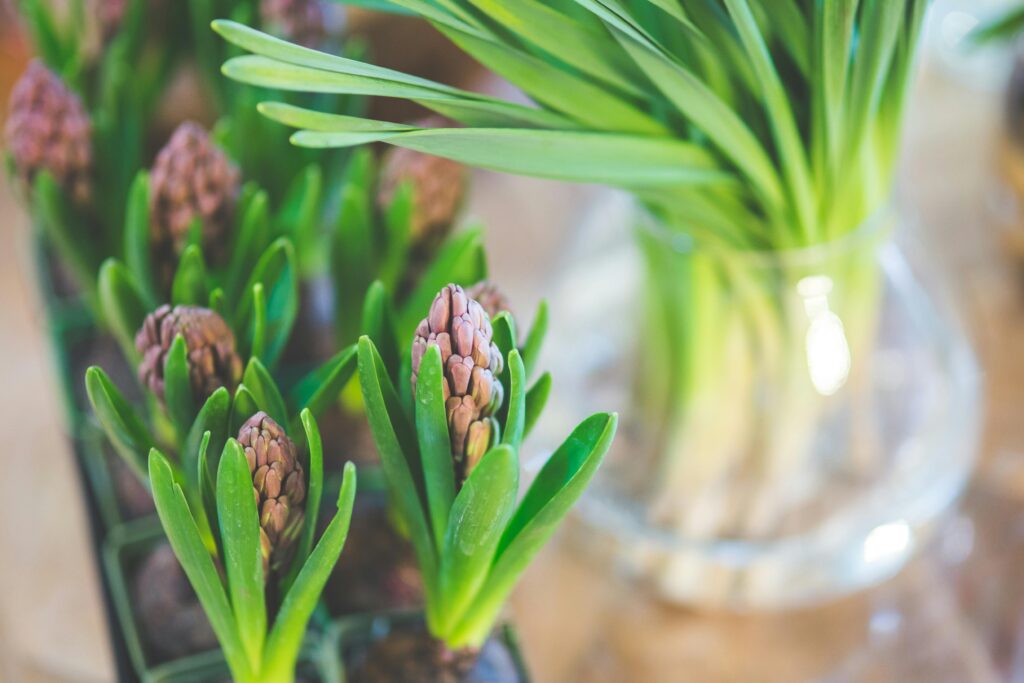
Pest and Disease Management
Maintaining healthy hyacinths involves vigilant pest and disease management. Common pests include aphids and slugs. Aphids can be managed by spraying a mixture of water and mild soap, while slugs can be deterred using organic slug pellets or copper tape. Regularly check your plants for any signs of pests and address issues immediately.
Fungal diseases like gray mold and bulb rot can also affect hyacinths. To prevent these, ensure proper spacing and avoid overwatering. Remove any affected foliage immediately and dispose of it away from other plants to prevent the spread of disease. Using a fungicide can also help control fungal issues if they arise.
By staying proactive and addressing pests and diseases quickly, you can keep your hyacinths healthy and ensure they continue to produce vibrant blooms throughout the growing season.
Post-Bloom Care
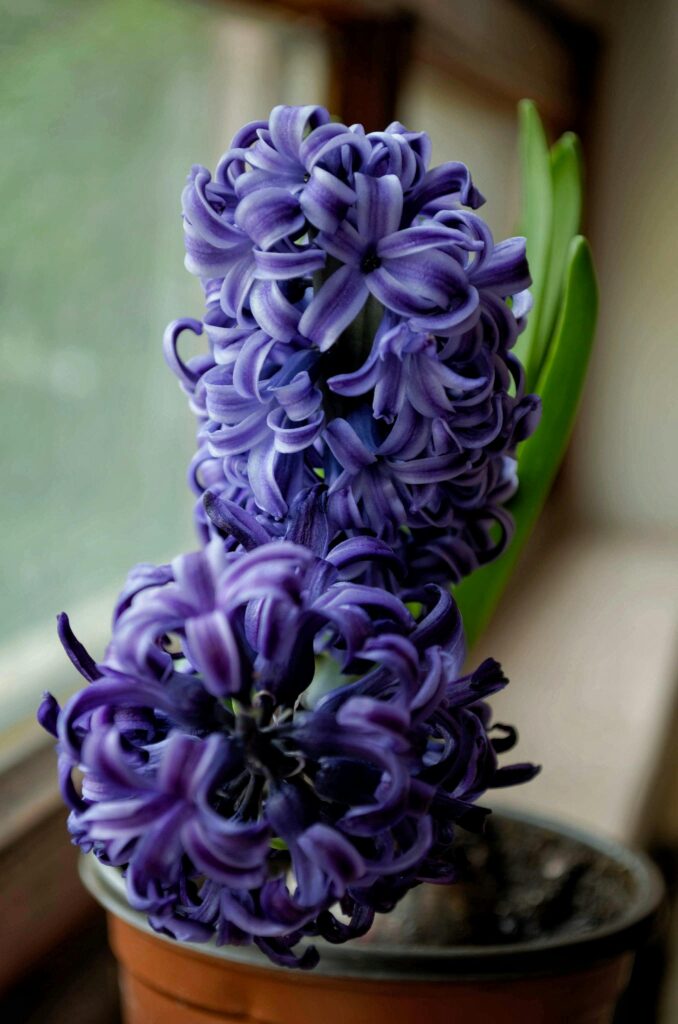
Once your hyacinths have finished blooming, proper post-bloom care is essential for next year’s flowers. Start by cutting off the spent flower stalks to prevent the plant from wasting energy on seed production. However, leave the foliage intact, as it continues to photosynthesize and provide nutrients to the bulb. Allow the leaves to yellow and die back naturally; this process can take several weeks.
During this period, continue to water the plants lightly if the soil becomes dry, but avoid overwatering. After the foliage has fully withered, you can gently remove it. If you live in a colder climate, consider digging up the bulbs and storing them in a cool, dry place until replanting in the fall. By following these post-bloom care steps, you ensure that your hyacinths store enough energy to produce vibrant blooms in the following spring.
Preparing for Next Season
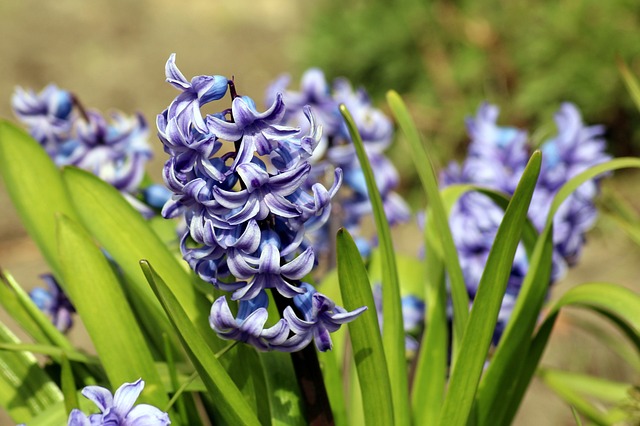
Preparing your hyacinths for the next season is crucial to maintain their health and vitality. After the foliage has died back and you’ve removed it, consider adding a layer of mulch to protect the bulbs during the winter months. Mulching helps maintain an even soil temperature and prevents the bulbs from freezing in colder climates.
If you’ve decided to lift and store the bulbs, clean them gently and allow them to dry for a few days. Store the bulbs in a well-ventilated container, such as a mesh bag, in a cool, dark place until it’s time to replant in the fall. Check the bulbs occasionally for any signs of rot or disease.
For those leaving bulbs in the ground, ensure the soil remains well-drained and consider applying a balanced fertilizer in early fall. These steps will help your hyacinths come back stronger and more vibrant each year.

